The
guidelines for this assignment were to submit three image of the same place (or subject) taken at different times. The goal was to produce three creatively different representations of the subject, taken from the same position and perspective, and only varying by time (and lighting conditions).
My objective with this assignment was to reinforce the understanding that the quality and direction of light will have a very significant influence on our images. While I think we all understand this concept on a theoretical level, I think we often underestimate how much effect different lighting conditions will have on the outcome. By asking you to experiment in a "controlled test," and having you consciously examine the differences, I hoped to illustrate how significantly different lighting conditions can effect how the subject is portrayed and the tone or mood of your images.
I know Michele was frustrated with three days of snow when the lighting conditions didn't appear to be changing much; however she was finally rewarded with a bit of sunlight. The center image in her series helps to illustrate the difference between flat light, and the more vibrant sunlit scene. Not only does the sunlight provide 3-dimensional modeling that is missing in the flat light, it also "brightens" the mood of the image. It's interesting how each of those images evokes memories and feelings that enable me to imagine what it was like to be out on the slope in those weather conditions, from the wet densely falling snow, to the bright sunshine and then the cold flat light one typically experiences towards the end of the day. Well done Michele.
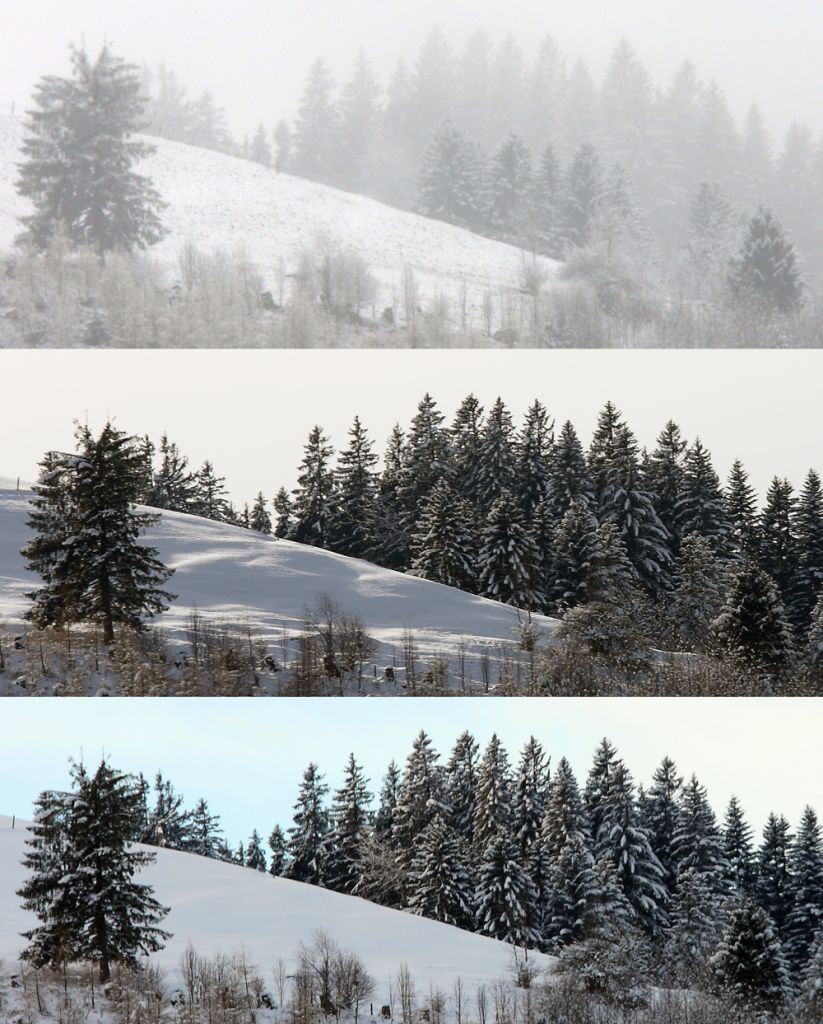 3 days snow and then ta-daa!
3 days snow and then ta-daa!Photographed by Michele Bollhalder
Luc's series of images from his study window were also very effective at illustrating how changing weather (and lighting) conditions can result in very different representations of the scene. Not only did the mood of the image change in his three different representations, but the perceived depth, and how effectively the images drew the viewer into the scene changed as well. The first image is flat, monochromatic and two dimensional, with very little depth. It's a "pretty picture" but doesn't quite draw the viewer in.
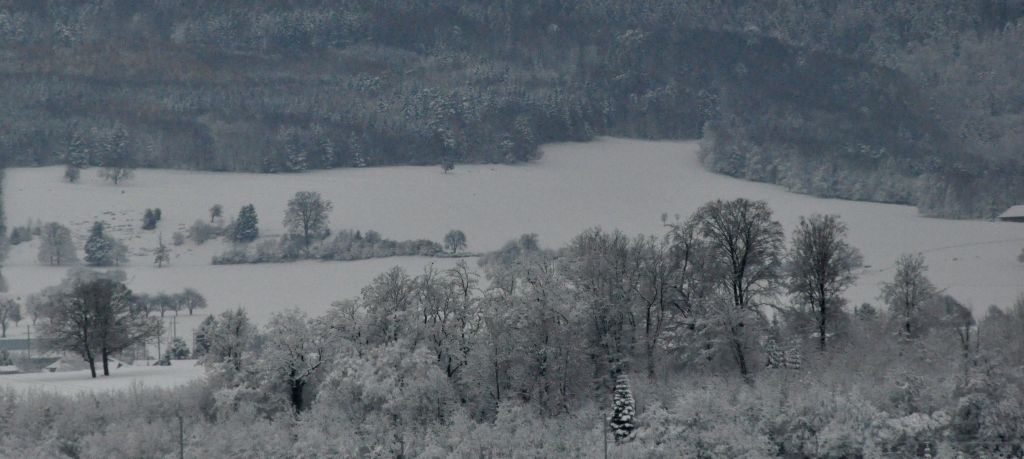 serious snow this time
serious snow this timePhotographed by Luc Bigler
The higher contrast and resulting separation between the foreground, middle and distance in the second image helps to give this image a little more depth, as does the atmospheric perspective from the snow softening the details of the distant trees.
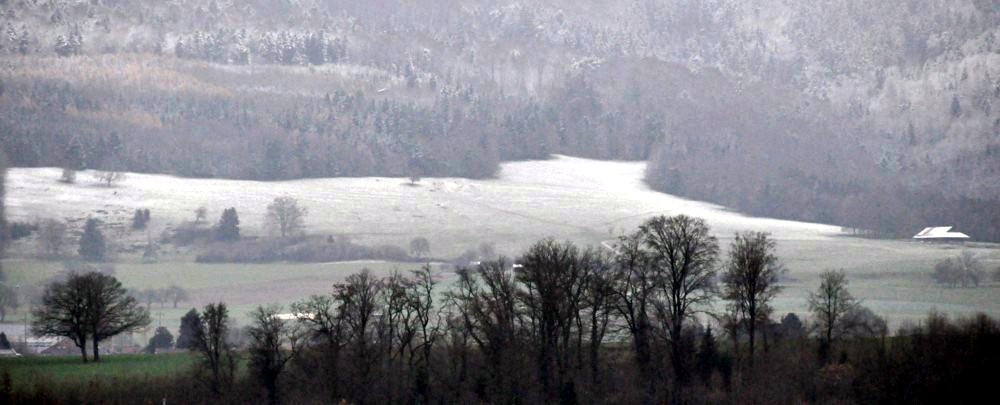 the very first snow - it did not stay on the trees in the foreground - they are less exposed than the background
the very first snow - it did not stay on the trees in the foreground - they are less exposed than the backgroundPhotographed by Luc Bigler
The third image has the most depth, both from the contrast and from the exaggerated atmospheric perspective (softening of distant details) caused by the early morning mist. The play of light and color in this image also helps to draw the viewer into the scene, and the mist adds a bit of mystery and invites the viewer to linger in the scene and discover details that reveal themselves through the mist. I've selected Luc's series of images from his study window as
Editor's Choice for Artistic Merit. This series of images is a wonderful illustration of how different weather and lighting conditions can be used to convey a totally different mood for a scene.
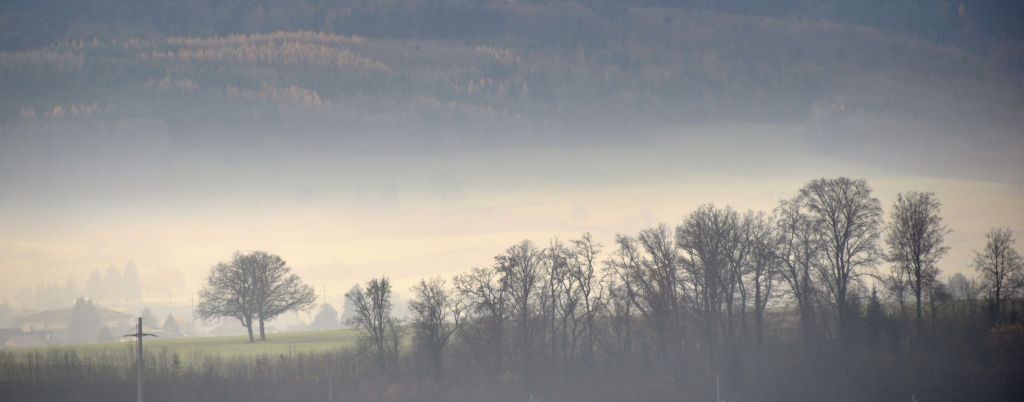 trees in the morning mist
trees in the morning mistPhotographed by Luc Bigler
Luc's
Fruit Bowl series of images was also a nice study of how the quality and directionality of light can influence how the subject is portrayed. The three images illustrated the differences in color and 3-dimensional modeling under very flat light, moderately flat light, and soft directional lighting.
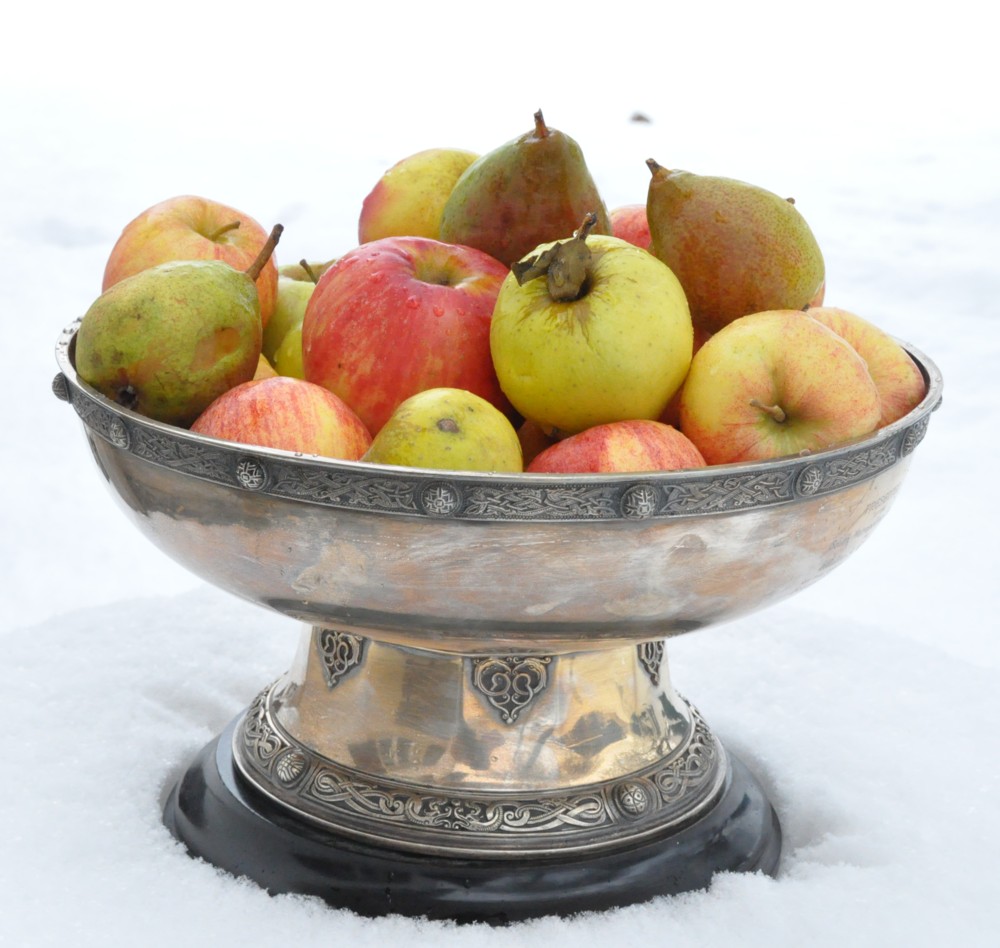 fruitboal in snow
fruitboal in snowPhotographed by Luc Bigler
Notice the very subtle transitions in shadows and tonality that give the second image a more 3-dimensional representation when compared to the very flat light of the first image.
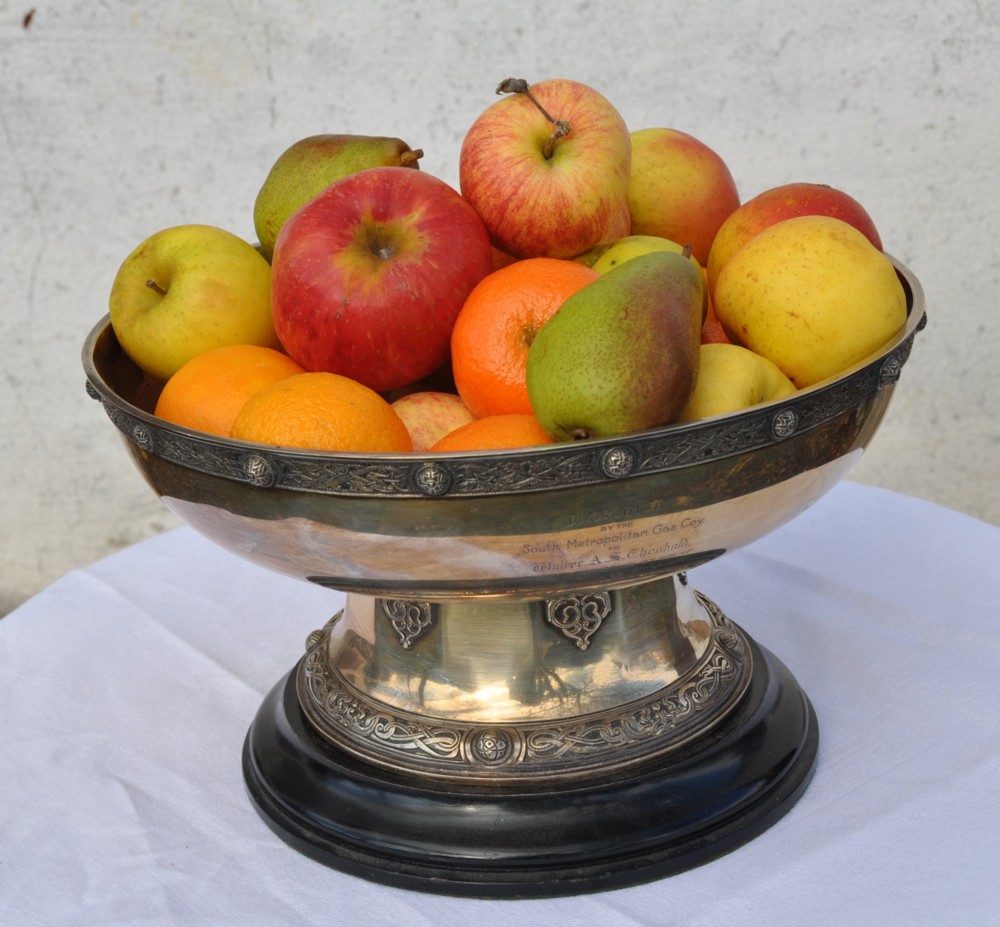 fruit boal in dull November light
fruit boal in dull November lightPhotographed by Luc Bigler
The higher contrast directional light in the third image provides even more 3-dimensional modeling and depth, and also results in more saturated colors, which in conjunction with the higher contrast give the image more "punch" and makes the fruit more appealing. Again, a very nice series illustrating the differences due to the quality of the light.
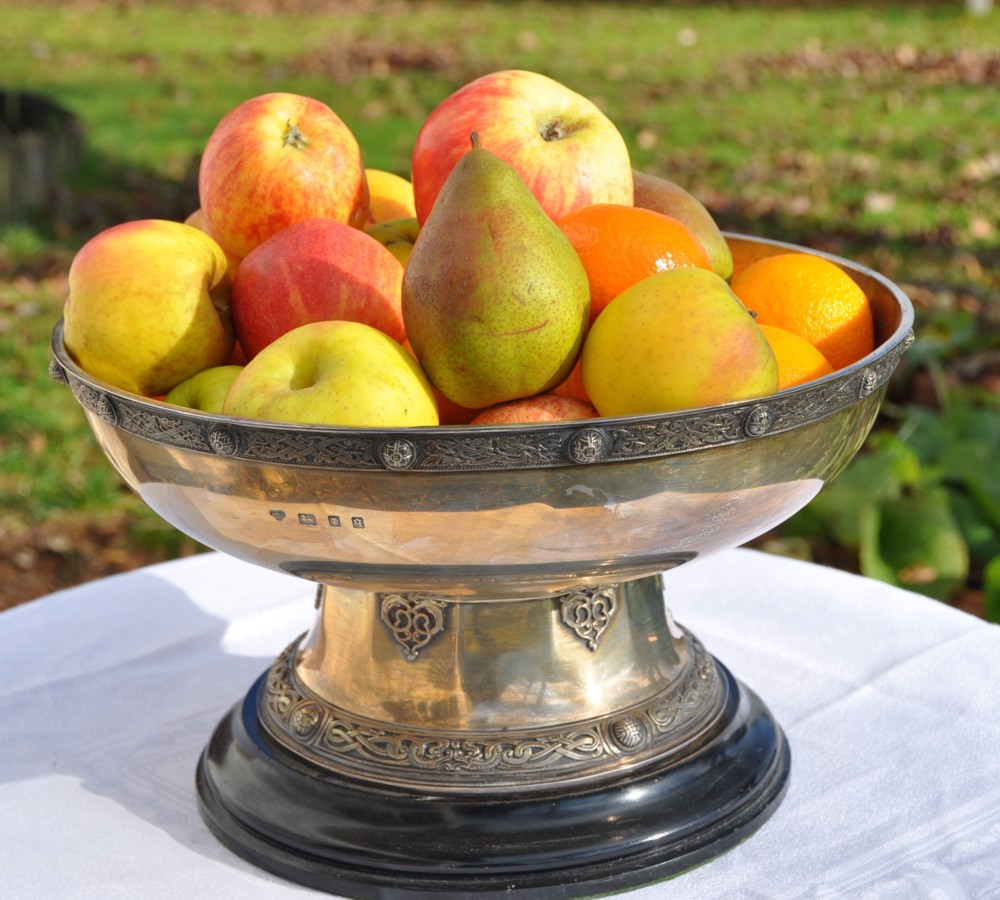 fruit boal in shy November sun
fruit boal in shy November sunPhotographed by Luc Bigler
Rick's triptych of
Pikes Peak & Air Force Academy was another good example of how different lighting conditions can influence the scene. It always amazes me how many people will try to photograph Pikes Peak in the afternoon when it is backlit. Early morning light produces a much better image, with much better modeling of the terrain and much more flattering light on the peak.
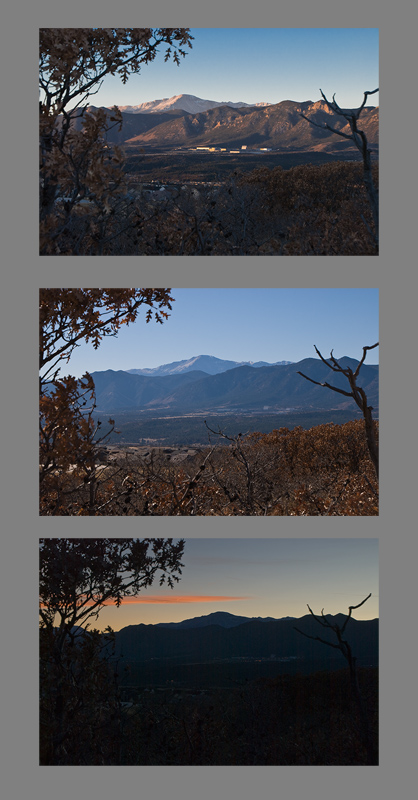 Pikes Peak & Air Force Academy
Pikes Peak & Air Force AcademyPhotographed by Rick Pepin (TrvlRick)
Marilyn's Same Street Light triptych was a great illustration of the changes in color, saturation, contrast (and therefore mood) and modeling/texture revealed by different lighting conditions. Seeing the examples below, when would
you choose to photograph the street light?
 Same Street Light...
Same Street Light...Photographed by Marilyn McKinney
Marilyn's Carousel triptych was a good example of how changes in lighting conditions can affect the mood of an image. It's also interesting to note how the different lighting conditions shift the emphasis and relative "weight" of the elements between the horses, the carousel, and the surroundings. Very nice (and revealing) study Marilyn!
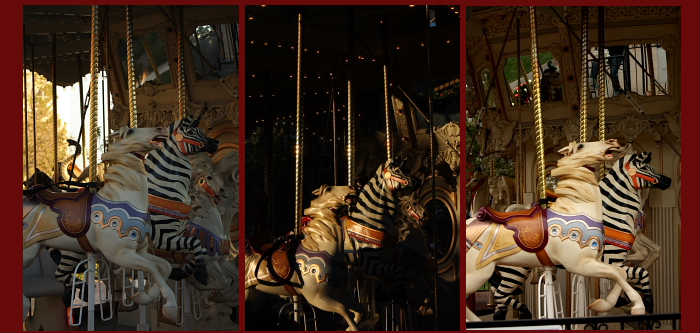 Carousel
CarouselPhotographed by Marilyn McKinney
My goal in my series of images of
HItchin Creek was to illustrate how different lighting conditions can affect the mood of a scene. I strongly prefer the early morning light on this scene, both because it is a more inviting image and because the low angle and direction of the early morning light is essential to illuminate the area under the overhanging rocks. Thank you to everyone that selected this series as
People's Choice.
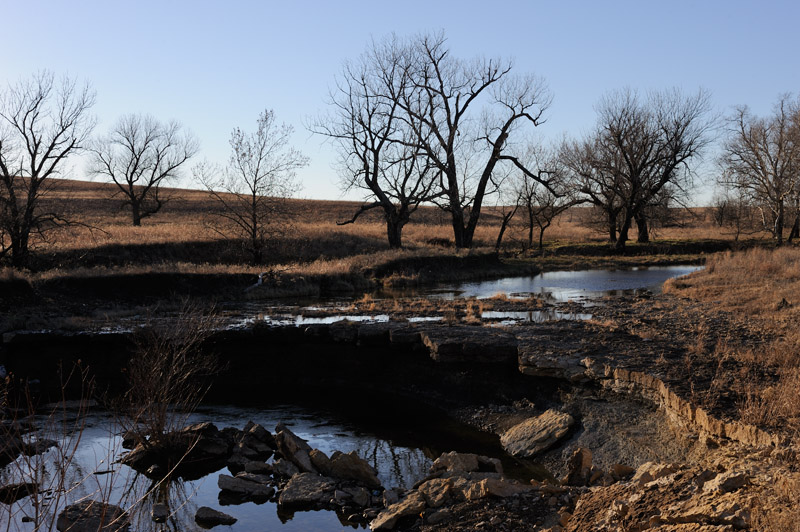 Hitchin Creek, Evening Light
Hitchin Creek, Evening LightPhotographed by Keith
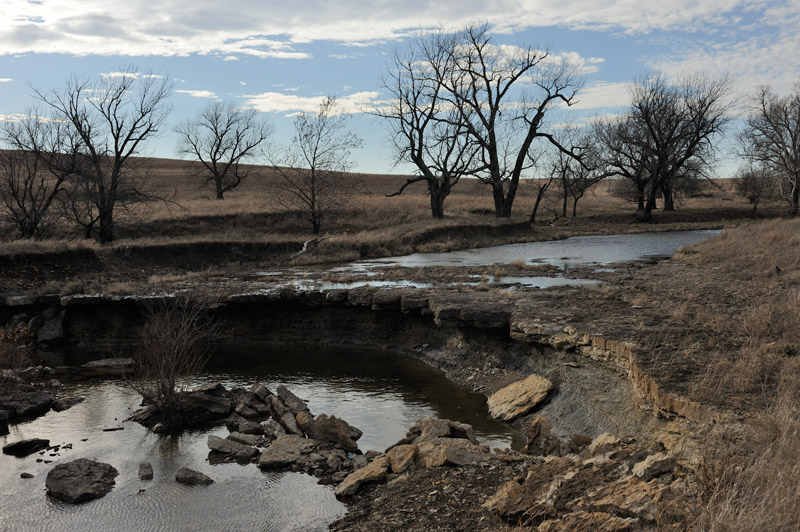 Hitchin Creek, Cloudy Afternoon Light
Hitchin Creek, Cloudy Afternoon LightPhotographed by Keith
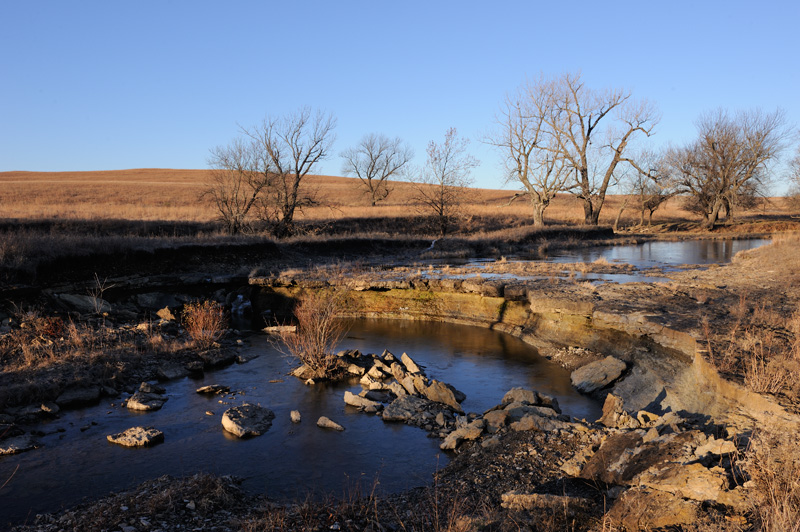 Hitchin Creek, Early Morning Light
Hitchin Creek, Early Morning LightPhotographed by Keith
Rick's series of
A Tree in the field was a similar study, and again front lighting from the sun low on the horizon provided the most pleasing portrayal of the subject.
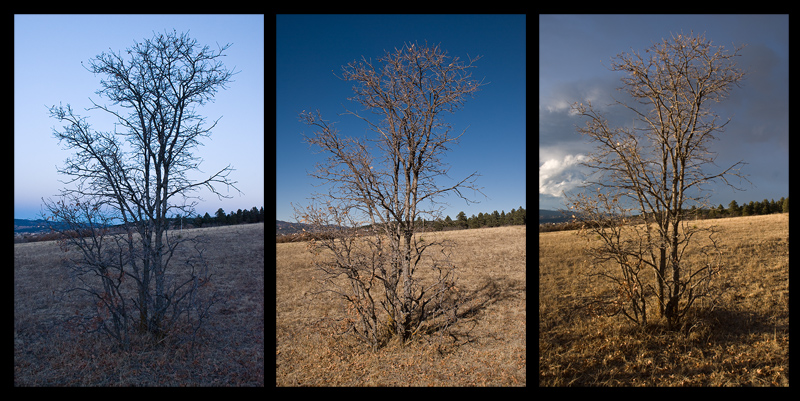 A Tree in the field
A Tree in the fieldPhotographed by Rick Pepin (TrvlRick)
Rebecca's
Thanksgiving Dinner series was another good example of how directional light can add drama and dimensionality to an image.
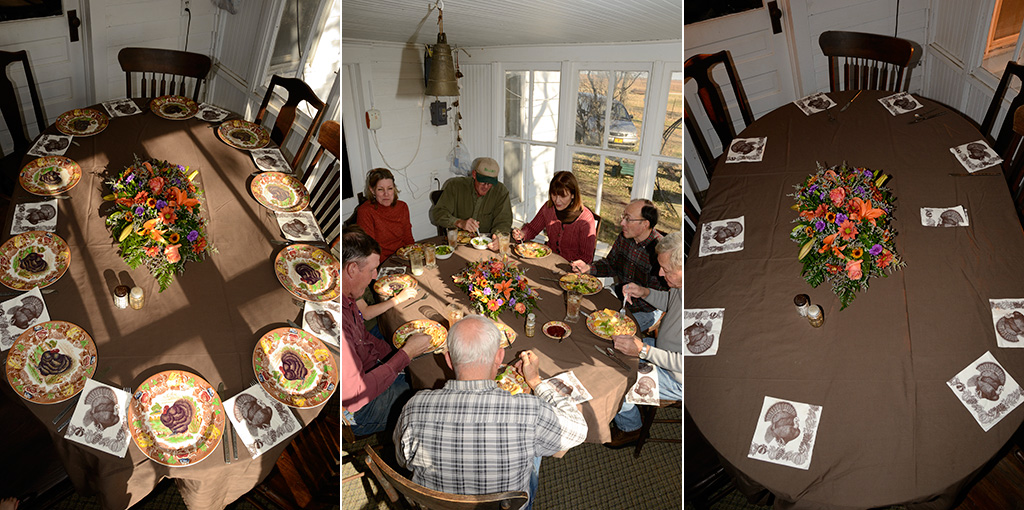 Thanksgiving Dinner
Thanksgiving DinnerPhotographed by Rebecca
This assignment was a wonderful opportunity to remind myself how important it is to consider quality and direction of light (and perhaps weather) when I am planning my images. Although I understand the importance of light on a logical level, sometimes it takes experiencing the differences to reinforce the concept and really drive home the importance of considering time of day and quality and direction of light when creating our images.
Keith